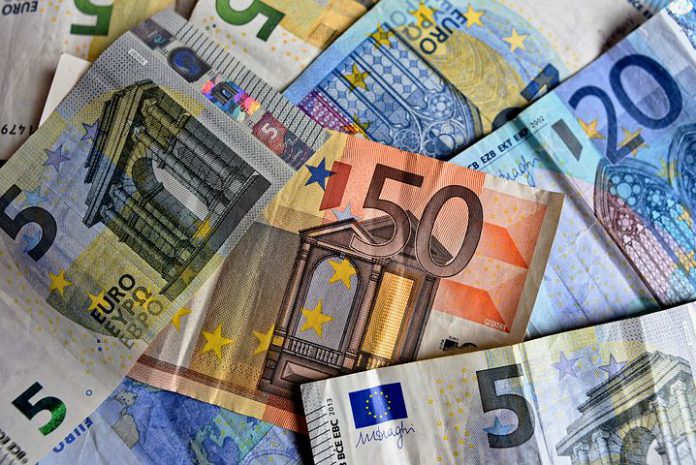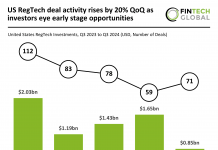A consultation conducted by the European Central Bank (ECB) found privacy would be valued most in consideration of a potential future digital euro.
The bank received over 8,000 responses to its consultation, with 43% of respondents citing privacy as the most valuable feature of a digital euro. This was trailed by security (18%), ability to pay across the Euro area (11%), no additional costs (9%) and offline usability (8%).
The consultation found more than two-thirds of those polled identified the importance of intermediaries providing services that enable access to a digital euro, as well as indicating it should be integrated into existing banking and payment systems.
A quarter of respondents also took the view that a digital euro should be able to make cross-border payments cheaper and faster. They also wanted the digital euro to be usable outside of the euro space – though with limits.
Furthermore, another quarter of those surveyed said end-user solutions comprising payment cards or a secure smartphone element would be preferable to facilitate cash-like features. Close to half polled highlighted a need for holding limits and tiered remuneration in order to manage the amount of digital euro in circulation.
The plans to introduce a digital euro are still at a conceptual stage. However, an announcement by the ECB is expected in June of this year on the best route to go forward. So far, the Deutsche Bundesbank in Germany has met the project with a backlash, arguing that successful tests of a six-year research program to implement a distributed ledger for electronic securities should exclude the need for a digital CB currency.
ECB executive board member Fabio Panetta said, “A digital euro can only be successful if it meets the needs of Europeans. We will do our best to ensure that a digital euro meets the expectations of citizens highlighted in the public consultation.”
The ECB previously conducted research in 2020 which found digital payments are becoming more popular, with 24% of retail transactions done by card. This was up from 2016, when the number of card-based purchases stood at 19%.
Copyright © 2021 FinTech Global











